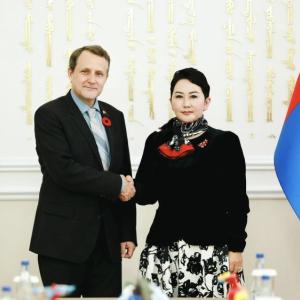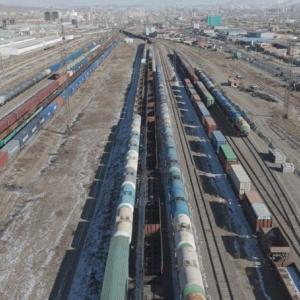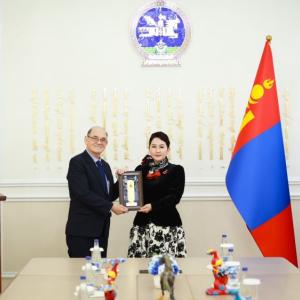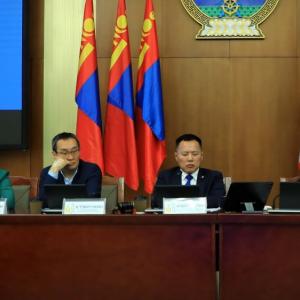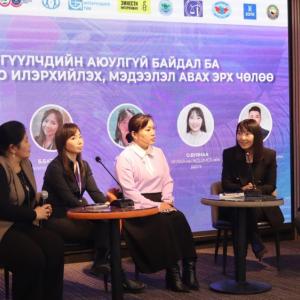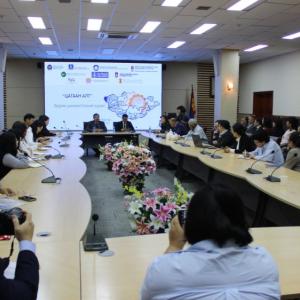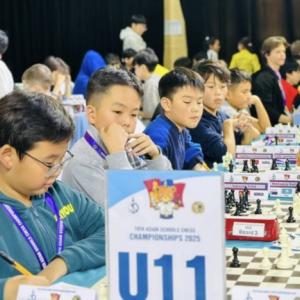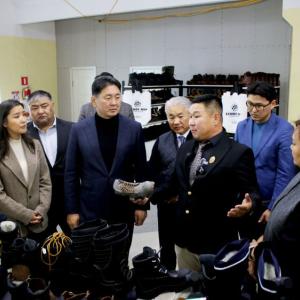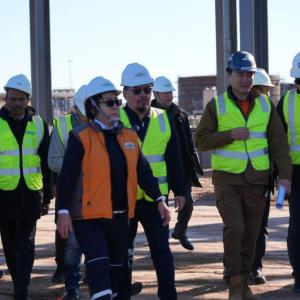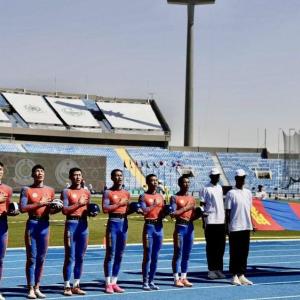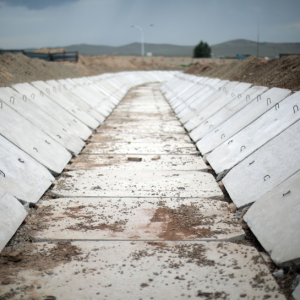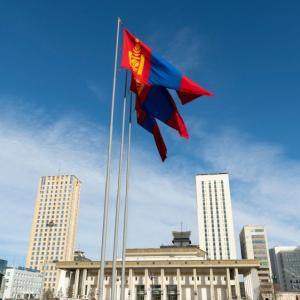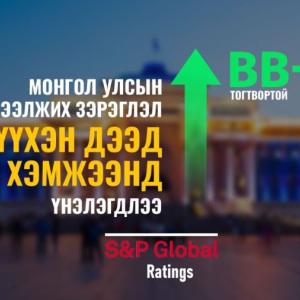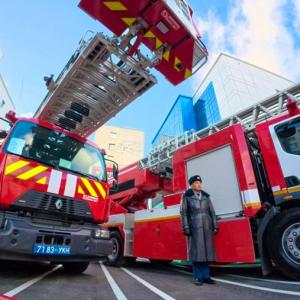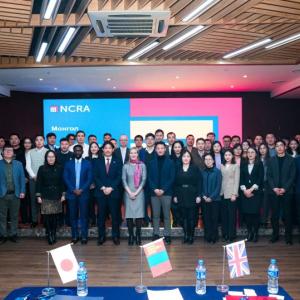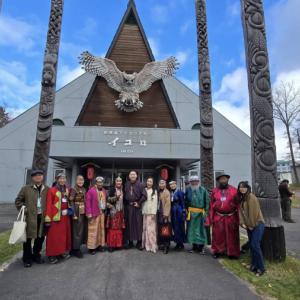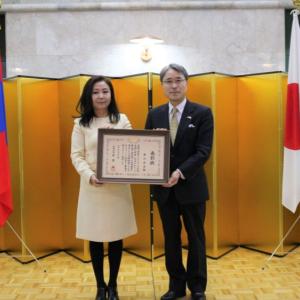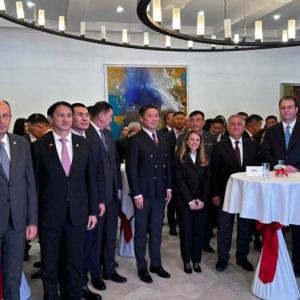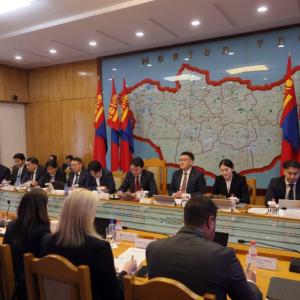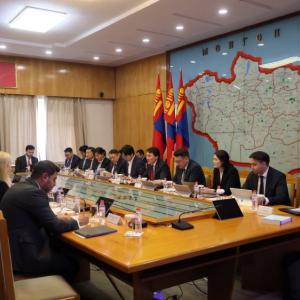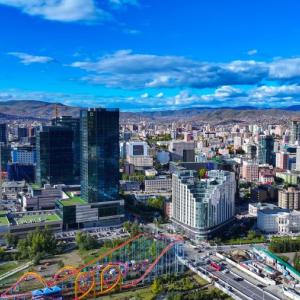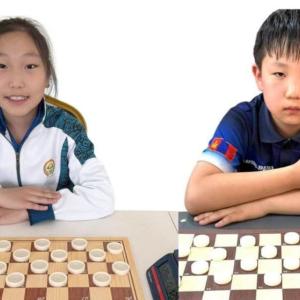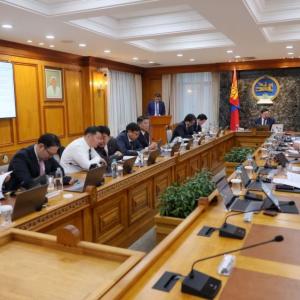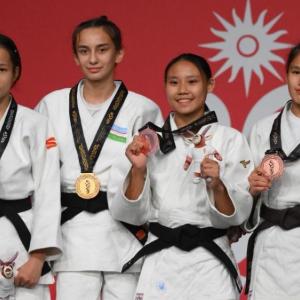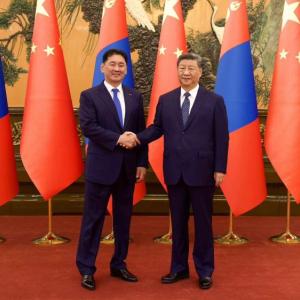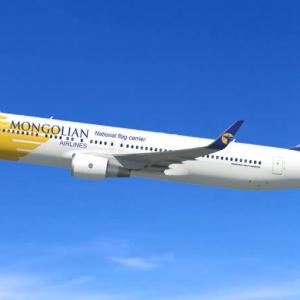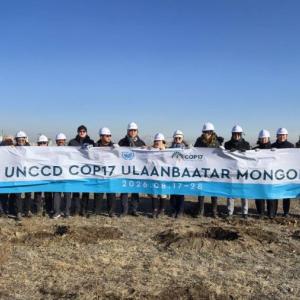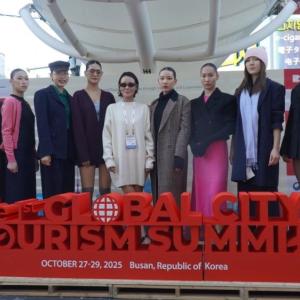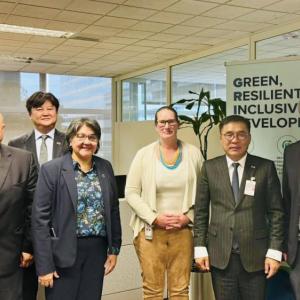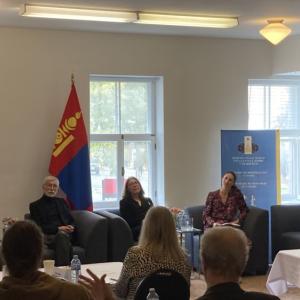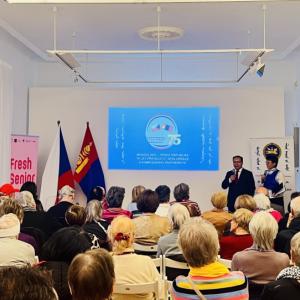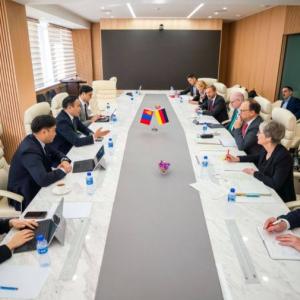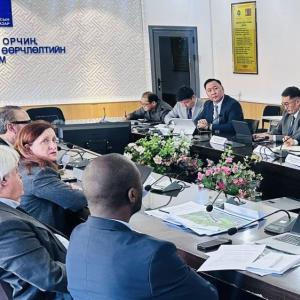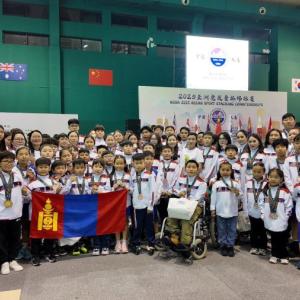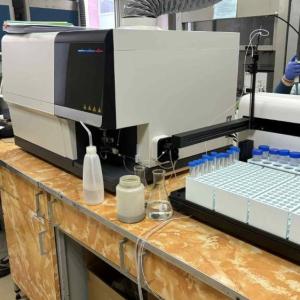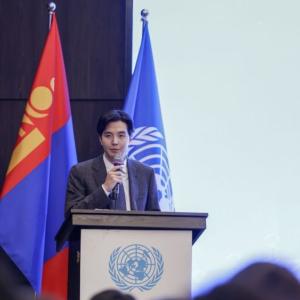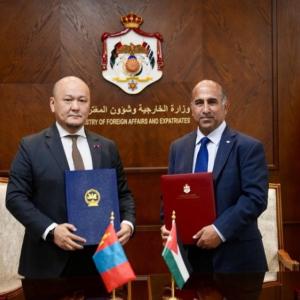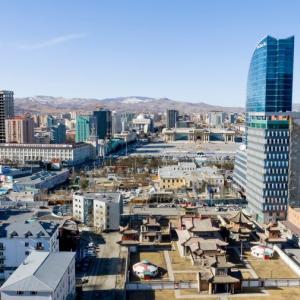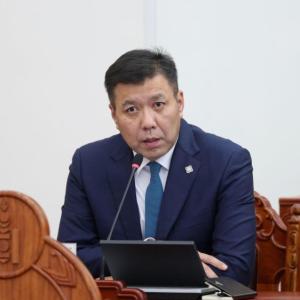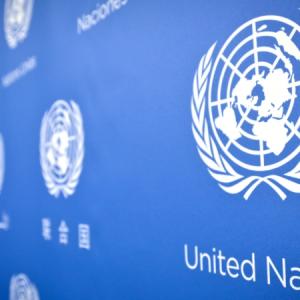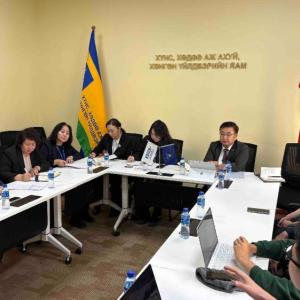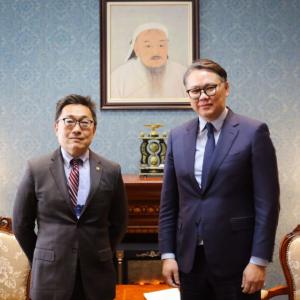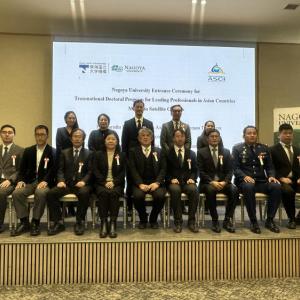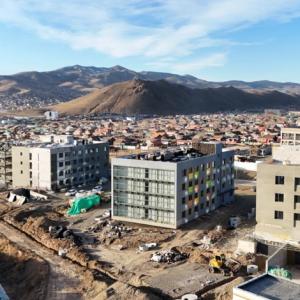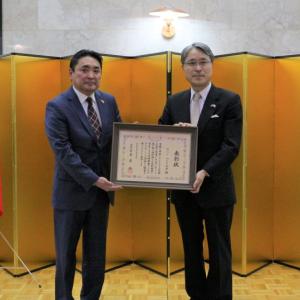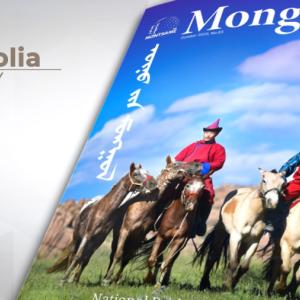Mongolia’s 2020 poverty rate estimated at 27.8 percent
Economy
The National Statistics Office (NSO) of Mongolia and the
World Bank announced December 30, 2021 their joint official poverty rate
estimation for 2020. The two organizations have collaborated on poverty
measurement based on household consumption surveys since 2002.
According to the 2020 Household Socio-Economic Survey
(HSES), the national official poverty rate in 2020 was 27.8 percent [1], 0.6
percentage points lower than in 2018. This translates to about 903.4 thousand
people of Mongolia living in poverty in 2020.
Compared to 2018, the urban poverty rate dropped by 0.7
percentage points to 26.5 percent, while the rural poverty rate fell by 0.3
percentage points to 30.5 percent. Among the poor, 64 percent lived in the
urban areas in 2020, with 43 percent living in Ulaanbaatar.
While estimates show that poverty in 2020 was slightly lower
than it was in 2018, the COVID-19 pandemic has sharply slowed down the pace of
poverty reduction. Simulations indicate that in the absence of the pandemic,
poverty in 2020 may have been about 3 percentage points lower, suggesting that
poverty reduction stalled as a result of the pandemic. The wide array of
COVID-19 relief packages, including top-ups on existing social assistance
programs, undoubtedly played a crucial role in preventing a rise in poverty
between 2018 and 2020.
Table 1 Poverty headcount rate and number of poor, 2018-2020
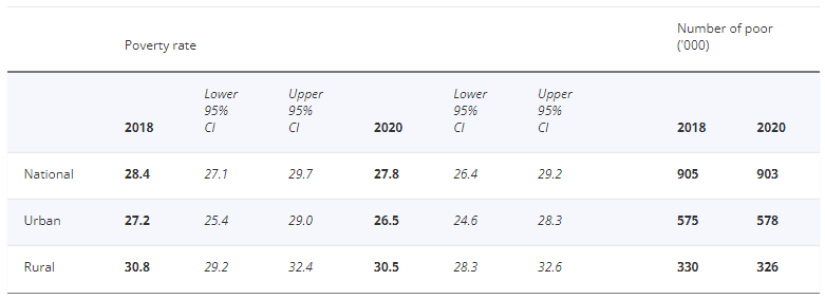
[1] The 2020 household welfare and official poverty
rate were estimated by a survey-to-survey imputation approach (see Annex)
Annex. The poverty
estimation methodology for the 2020 Household Socio-Economic Survey
The Household Socio-Economic Survey (HSES) is the official
survey for monitoring household welfare and poverty as well as key
socio-economic indicators in Mongolia. The HSES has been implemented
biennially since 2012. Official poverty rates have been reported at the
national, urban/rural and aimag level, estimated as a share of the population
that has consumption below the national poverty line.
In line with international best practices, changes were
introduced to the 2020 HSES consumption module to better reflect current
consumption patterns. While these changes improve the accuracy of the
consumption measured by the 2020 survey, household consumptions over time are no
longer comparable. In order to restore comparability of the 2020 household
consumptions and poverty rates to previous survey years, the 2020 poverty rate
was simulated based on the SWIFT Plus (“Survey of Well-being via Instant and Frequent Tracking”)[2] survey-to-survey
imputation approach. In the SWIFT Plus imputation approach, the 2018 HSES is
used to model consumption, and this model is applied to the 2020 HSES data to
predict consumption and poverty in 2020. In addition, in order to improve the
accuracy of estimates at the aimag level, the model was individually developed
by each group of aimags (8 urban groups and 6 rural groups) and poverty was
estimated at national, urban and rural, and aimag levels. The 2020 poverty
estimation was carried out through a close collaboration and technical support
from the World Bank Poverty and Equity Global Practice and SWIFT team.
Going forward, future HSES will adopt the same consumption
module as the 2020 survey and a new poverty series will commence with the rebasing
of the national poverty line to the 2022 survey. While rebasing is
typically done at the same time as revision of a consumption module, it was
decided to postpone the exercise to 2022 due to COVID-19 induced disruptions to
field work and consumption patterns.
[2] For more details, please refer to Yoshida, N.,
Munoz, R., Skinner, A., Lee, C., Brataj, M., Durbin, S.W., and Sharma, D.
(2015). “Survey of WellBeing via Instant and Frequent Tracking (SWIFT) Data
Collection Guidelines.” Washington, D.C.: World Bank Group. and a forthcoming
technical note for Mongolia 2020 poverty estimation.
Source: World Bank Mongolia
 Ulaanbaatar
Ulaanbaatar






